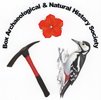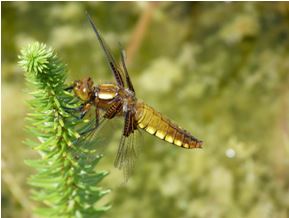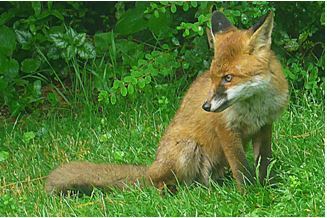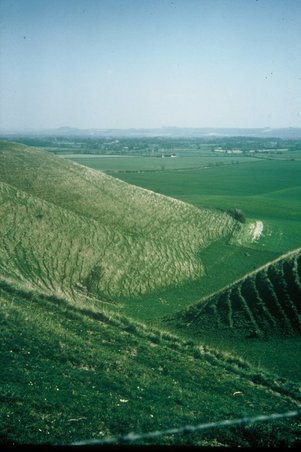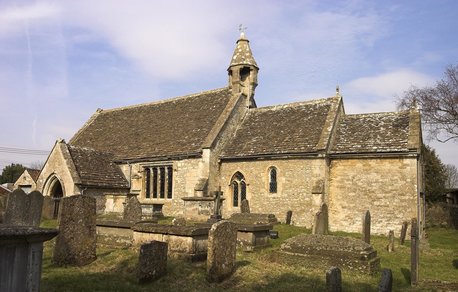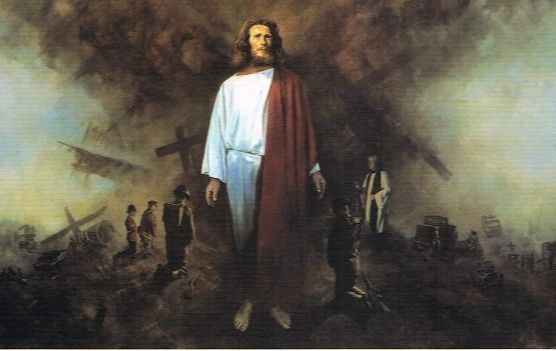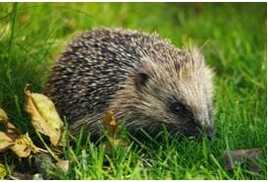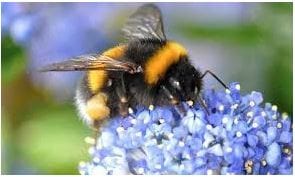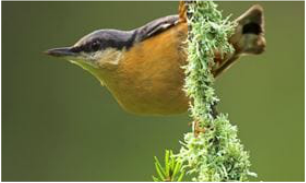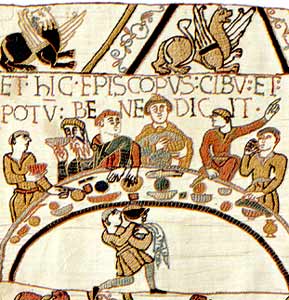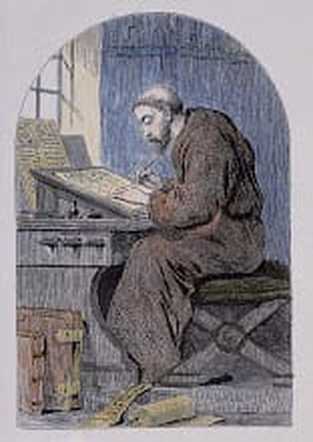Talks we enjoyed in the Winter Programme 2016-17
Tuesday 21st March 2017
The Somerset Coalfield: William Smith and the Search for Coal Around Bath
Mike Chapman
Our talk in March on the Somerset coalfield and William Smith approached the subject from a different angle than the usual geological stance. Mike Chapman concentrated on the technological aspects, with appropriate illustrations, including 2-horse coal winging gin or drum, the James Watt engine and steam winding machinery. Not only was new technology needed to drain the coalmines of excess water and to bring the coal to the surface, the building of the Somerset coal canal also brought its own needs for new thinking. A canal was needed to transport this bulky commodity as the roads at that time, the late 18th century, were poor. Remember this was the time of Ebenezer Pickwick and his stagecoaches – not the best means for conveying coal!
William Smith was brought in to survey the land in preparation for the canal. He is known as the “Father of Geology” – he discovered that fossils were always found in the same strata – he was able to draw the first geological map of England.
It was suggested at the time there may be coal under Batheaston. Work started, but the prospecting identified the material being brought to the surface was from the layer beneath the coal seam. The project was closed in 1813, but not before it was realised the water coming to the surface was warm. By coincidenve the hot waters at Bath were reducing in volume and it was thought the two might have been connected. But it was found there was a leak in the system which brought to hot waters to Bath!
The Somerset Coalfield: William Smith and the Search for Coal Around Bath
Mike Chapman
Our talk in March on the Somerset coalfield and William Smith approached the subject from a different angle than the usual geological stance. Mike Chapman concentrated on the technological aspects, with appropriate illustrations, including 2-horse coal winging gin or drum, the James Watt engine and steam winding machinery. Not only was new technology needed to drain the coalmines of excess water and to bring the coal to the surface, the building of the Somerset coal canal also brought its own needs for new thinking. A canal was needed to transport this bulky commodity as the roads at that time, the late 18th century, were poor. Remember this was the time of Ebenezer Pickwick and his stagecoaches – not the best means for conveying coal!
William Smith was brought in to survey the land in preparation for the canal. He is known as the “Father of Geology” – he discovered that fossils were always found in the same strata – he was able to draw the first geological map of England.
It was suggested at the time there may be coal under Batheaston. Work started, but the prospecting identified the material being brought to the surface was from the layer beneath the coal seam. The project was closed in 1813, but not before it was realised the water coming to the surface was warm. By coincidenve the hot waters at Bath were reducing in volume and it was thought the two might have been connected. But it was found there was a leak in the system which brought to hot waters to Bath!
Tuesday 21st February 2017
Wildlife Photography
Nick Upton
Nick Upton has worked as a biologist and a wildlife film maker for over 20 years. He talked about his background, his TV work / travels and some of his major UK conservation project documentaries. He also showed us many of his fabulous photos.
Wildlife Photography
Nick Upton
Nick Upton has worked as a biologist and a wildlife film maker for over 20 years. He talked about his background, his TV work / travels and some of his major UK conservation project documentaries. He also showed us many of his fabulous photos.
Tuesday 17th January 2017
Chalk and Cheese by Steve Hannath
Chalk and Cheese by Steve Hannath
|
Steve Hannath came to talk to the Society about Wiltshire's rocks and their impact on its natural and cultural landscapes. He explained that he based his recent book on the old saying "As different as chalk & cheese" which is cited as first appearing in1398 in John Gower's Middle English text "Confessio Amantis" a very lengthy love poem, where he says " Lo how they feign chalk for cheese" which might suggest a very different meaning from today's common usage. Many, however, claim it to be a Wiltshire saying and it would appear to be a mixed up simile of geological outcomes. Perhaps it should really be either, As different as chalk and clay or as different as wool and cheese but the two seem to have been mixed.
Steve explained the relationship between the rocks underground and aspects of life in Wiltshire such as natural landscapes, pre-history, vegetation and water resources. He concentrated on the chalk and clay aspects of the county noting that chalk covers some two thirds of Wiltshire and represents 50% of the UK's natural chalk downland. About ten thousand years ago after the last ice sheets retreated and permafrost prevented the absorption of surface water, the scouring action of run-off water sculpted the land. This gave rise to the formation of coombes seen on chalk (as shown in the photograph left). |
Tuesday 13th December 2016
Parish Churches of North Wiltshire
Michael Rumsey
Parish Churches of North Wiltshire
Michael Rumsey
We were very grateful to be able to use the excellent facilities of Box School for our December meeting when there was a slight booking confusion. How apt, Box Church School, for a talk on Wiltshire churches by Michael Rumsey. Michael is a Box person and local historian and is also well known for his organ playing which he has been doing for over forty years. Has his love of organs led to his interest in local churches or vice versa?
Michael began his tour in Corsham and then made his way around North Wilts visiting eighteen churches, the majority dating from the 12th-14th century. Many of the buildings were very large with high towers or steeples. It was not unknown for the tower or spire to fall down in which case some were rebuilt, others left in their truncated state. Some churches still have Saxon features remaining but these are rare. Many have sturdy Norman rounded arches or fine Gothic ones. Amongst the features we saw were interesting tombs and statues, Mediaeval wall paintings, beautifully carved screens, Mostly wooden but one made of stone, many different types of organ in various stages of repair and stained glass commemorating a range of occasions old and more recent. In Ashton Keynes church, the window is dedicated to two villagers who lost their lives in the Zeebrugge disaster in 1987.
Michael began his tour in Corsham and then made his way around North Wilts visiting eighteen churches, the majority dating from the 12th-14th century. Many of the buildings were very large with high towers or steeples. It was not unknown for the tower or spire to fall down in which case some were rebuilt, others left in their truncated state. Some churches still have Saxon features remaining but these are rare. Many have sturdy Norman rounded arches or fine Gothic ones. Amongst the features we saw were interesting tombs and statues, Mediaeval wall paintings, beautifully carved screens, Mostly wooden but one made of stone, many different types of organ in various stages of repair and stained glass commemorating a range of occasions old and more recent. In Ashton Keynes church, the window is dedicated to two villagers who lost their lives in the Zeebrugge disaster in 1987.
Unfortunately, many buildings were enthusiastically renovated at the end of the 19th century and lost some of these features. The most unusual church Michael visited was the REME chapel at Lyneham. This is a squat, brick-built, hut-like structure but has stained glass windows and a magnificent alter painting by David Shepherd of Christ in the Battlefield (above right). Turning towards home, Michael visited St. Nicholas, Biddestone with three heights of roof, a 13th century bell turret and a west end gallery for the parishioners of Slaughterford church which burnt down in the 18th century and was rebuilt entirely in 1883 (above left). Finally back to the very fine 15th century church at Colerne with its 90ft high tower and then back to Box!
Tuesday 15th November 2016
NO NEED FOR TIDY GARDENS!!
Jacky Thomas
This was what we were told by Jacky Thomas when she came to talk to Box NATS about gardening for wildlife. Stacks of logs, piles of leaves and long grass are all havens for various forms of wildlife. Gardens have become more important in supporting animals, insects and native plants since agriculture has become more mechanised and urban areas have spread. One of the reasons for wanting to promote wildlife is the pleasure in watching birds and other creatures visiting the garden. She encouraged us to use a range of plants which will prolong the season of flowers and fruits. These will attract insects such as bees, hoverflies, butterflies as well as feeding the birds.
NO NEED FOR TIDY GARDENS!!
Jacky Thomas
This was what we were told by Jacky Thomas when she came to talk to Box NATS about gardening for wildlife. Stacks of logs, piles of leaves and long grass are all havens for various forms of wildlife. Gardens have become more important in supporting animals, insects and native plants since agriculture has become more mechanised and urban areas have spread. One of the reasons for wanting to promote wildlife is the pleasure in watching birds and other creatures visiting the garden. She encouraged us to use a range of plants which will prolong the season of flowers and fruits. These will attract insects such as bees, hoverflies, butterflies as well as feeding the birds.
Creating a wildlife-friendly garden need not be expensive if local materials are used and wild flowers are incorporated into the planting plan. Also any size of garden can help with biodiversity. Advice was given as to which plants thrive best in either wet or dry ground. Reference was made to climate change which is extending the growing season in UK. However, weather is likely to become more unpredictable and indigenous species such as bluebells and beech trees are likely to be adversely affected. So we were encouraged to create our own small bit of countryside, leaving areas of grass unmown and hedges uncut – music to the ears of reluctant gardeners!
Tuesday 18th October 2016
DE BOHUNS and LE BIGODS - MEDIEVAL LORDS of BOX by Jane Cox
DE BOHUNS and LE BIGODS - MEDIEVAL LORDS of BOX by Jane Cox
|
For almost twenty years Jane Cox has been researching Norman Lords of Box, the Bohun and the Bigod families. She has painstakingly tracked down snippets of information about them in London, Taunton, Gloucester, Cardiff, northern France and America as well as in local archives.
Her talk to Box NATS gave a fascinating insight into these people and the village of Box created then. Jane recounted several events from the point of view of the people involved. She used the story of Warin, Abbot of Malmesbury, to recreate the position of the church in the politics of the Norman conquerors but she pulls no punches about his covetousness, quoting a contemporary writer: (Warin) was for the most part, taken up with the hope of greater honour, for the sake of which he was capable of emptying the purses of the monks, when he could get hold of them and seizing the money. |
|
But mostly I enjoyed the story of Maud of Salisbury, the thirteen-year old bride of Humphrey de Bohun. She was the daughter of a Saxon lord who kept his lands after the Conquest. The home of Maud and Humphrey was at Trowbridge, where they lived in the Castle and founded the Priory at Farley and lived through the years of the Anarchy and civil war between King Stephen and the Empress Matilda and Geoffrey of Anjou.
Jane recorded the origins of the Bohun family and their household knights, the Bigods, the people who occupied Box village and developed it in the twelfth and thirteenth centuries. She traced their story starting with Alvred Bigod and told us about their family tree from the 1080 until the Bigod family left the village in 1349. The audience queued up to get a copy of Jane's book, jam-packed full of nearly 100 photos, most in colour, maps and timelines. It was a riveting talk for anyone interested in the history of Box village. And you can still buy the book direct from Jane, from Stop Press in Box (Post Office) or by writing to Jane through her website: http://www.box-norman-conquest.co.uk/ |
